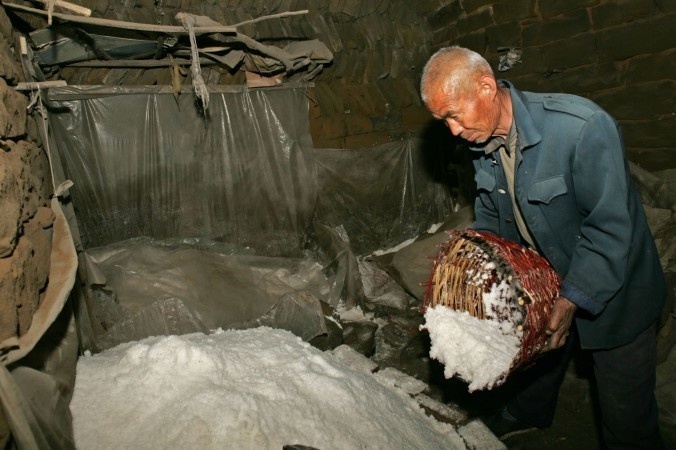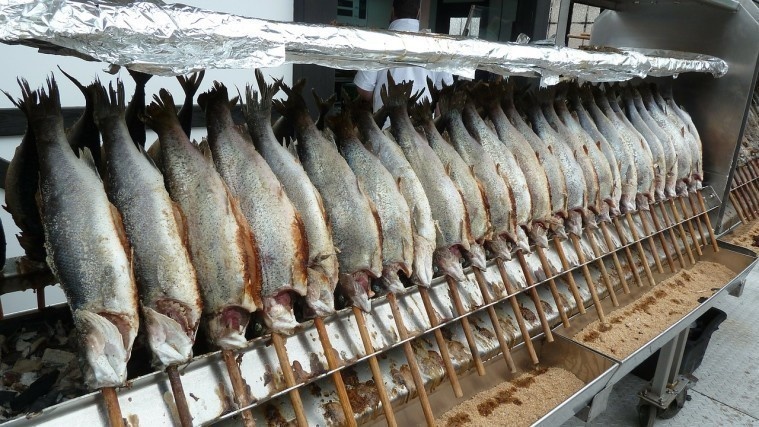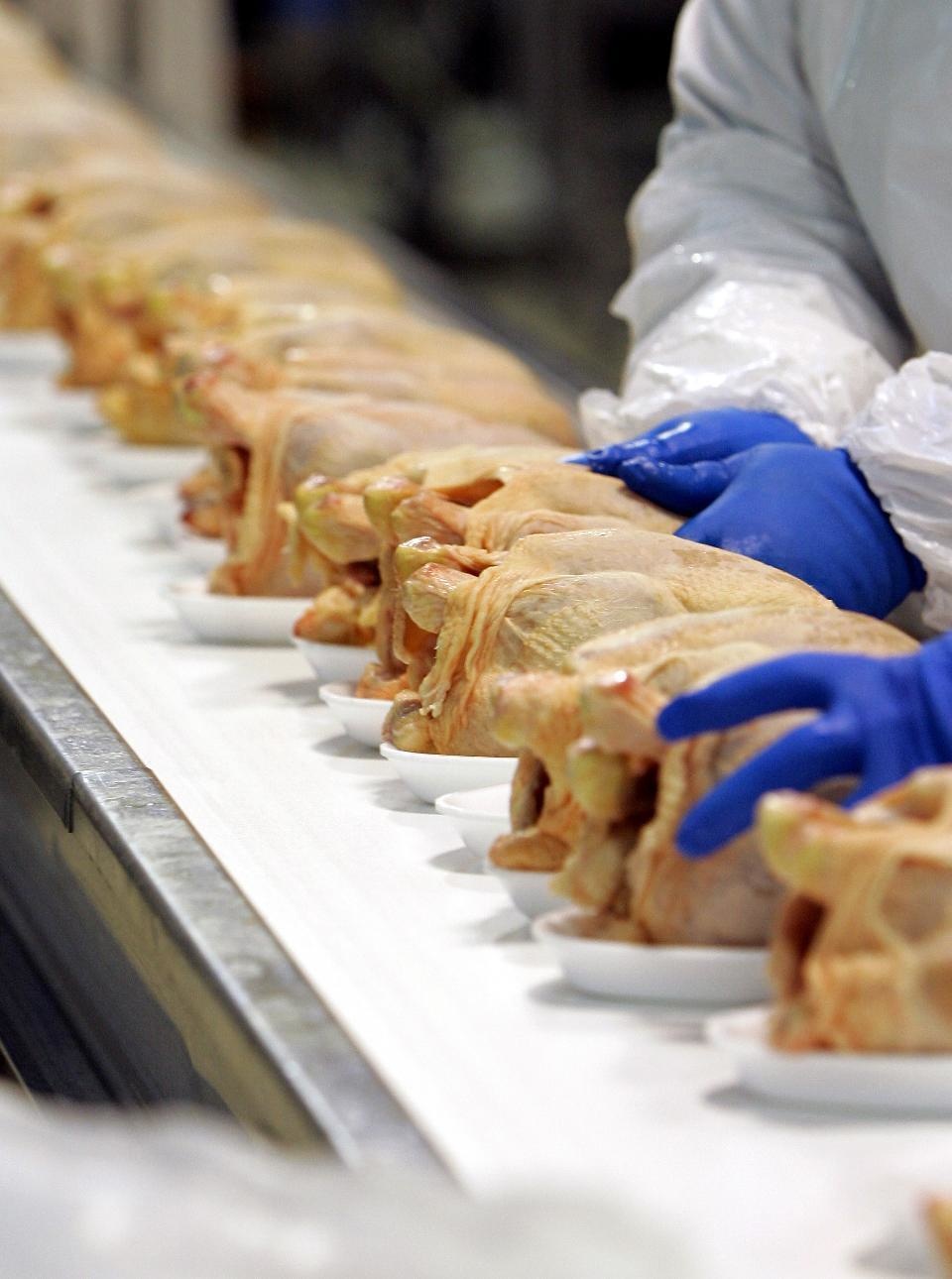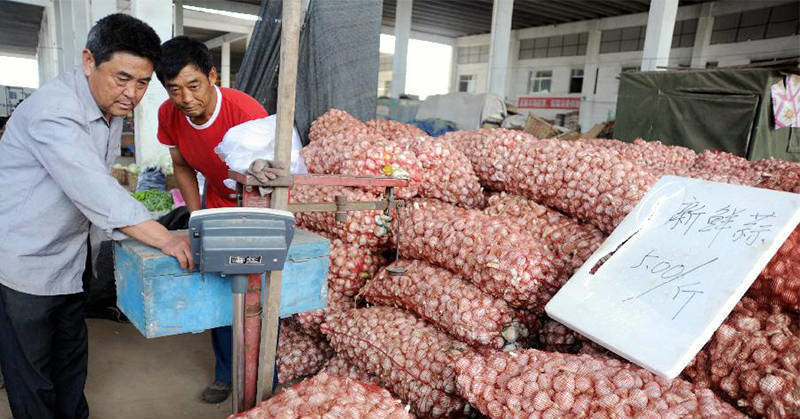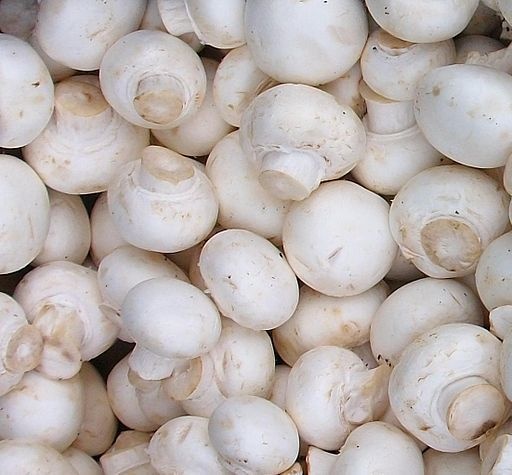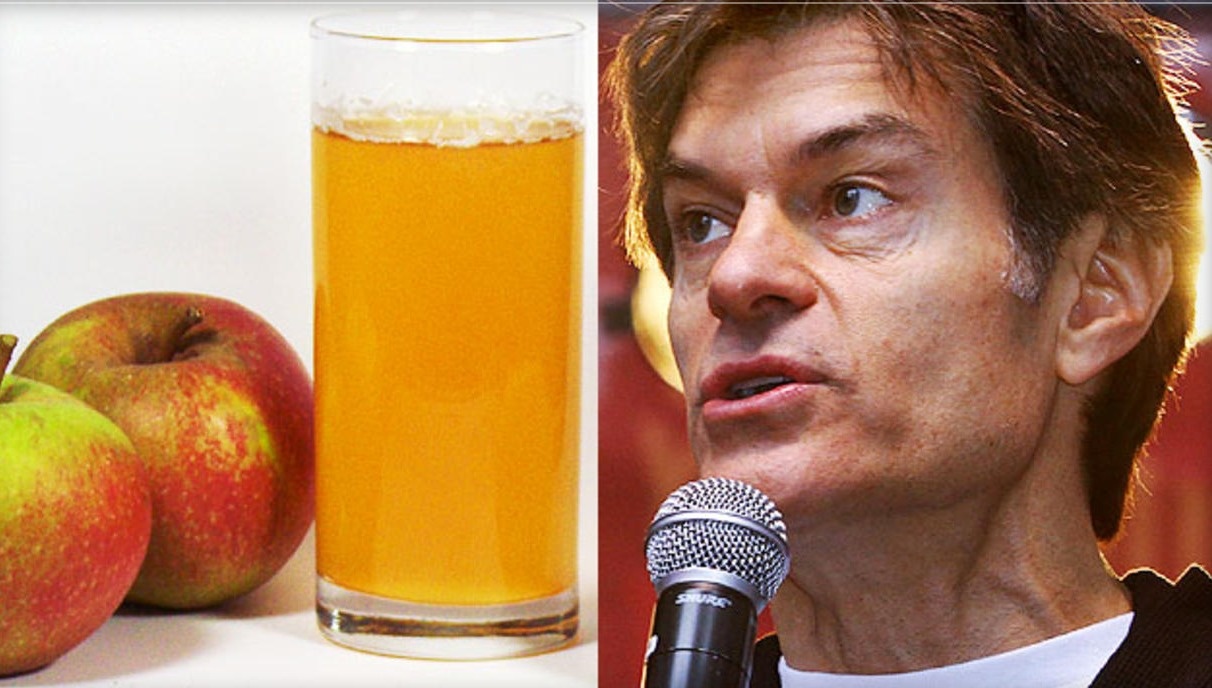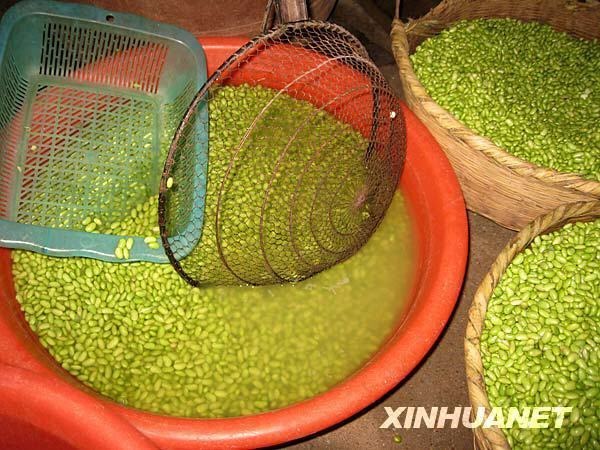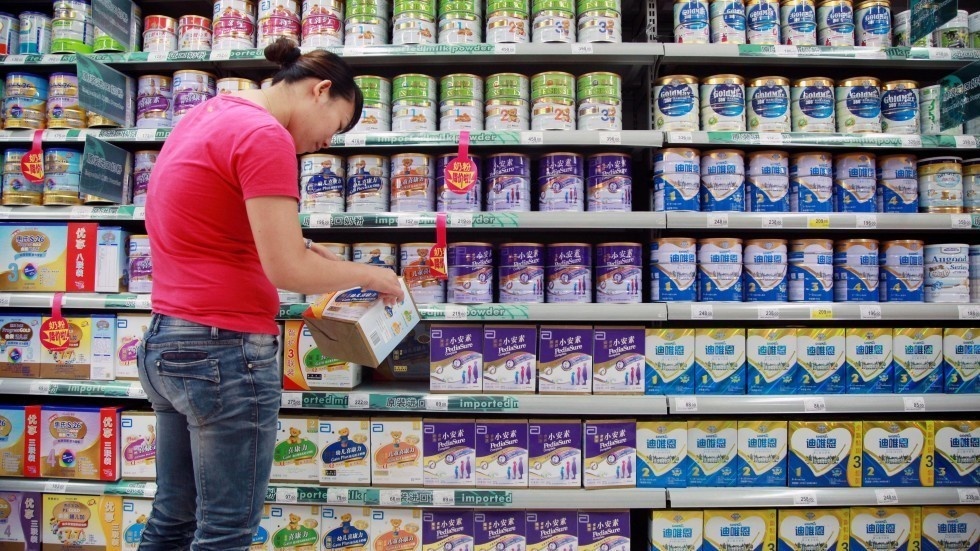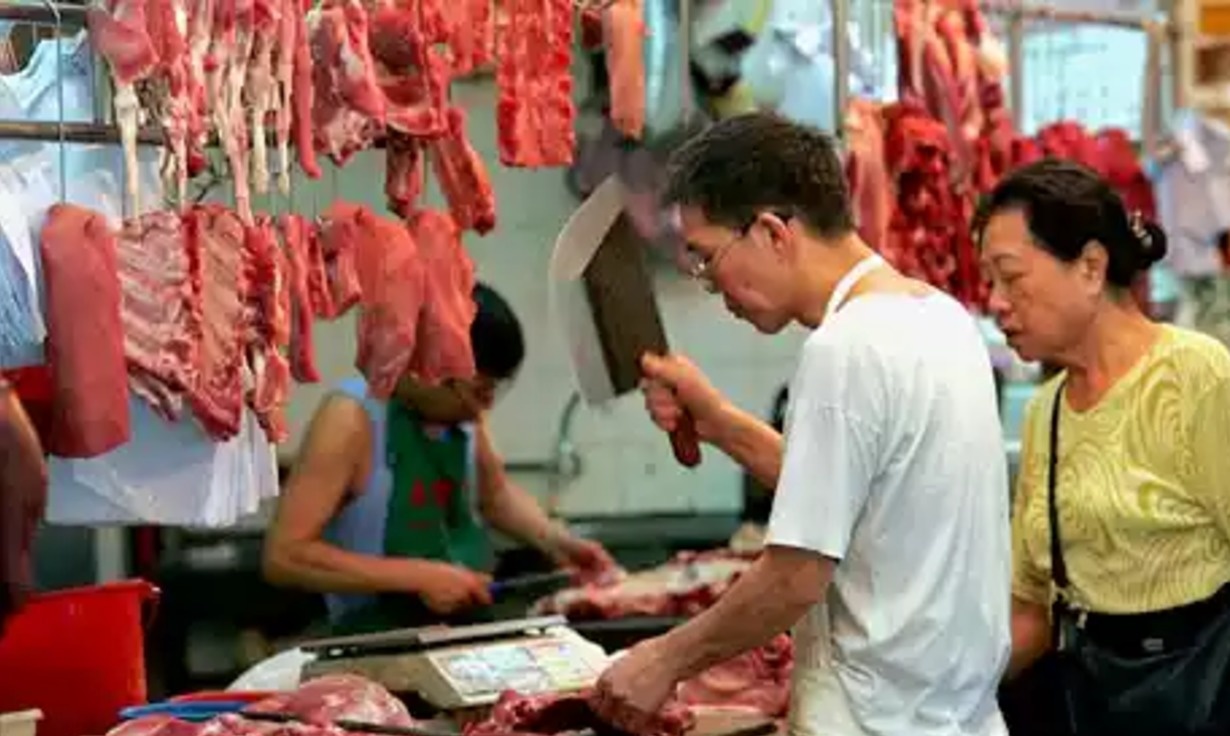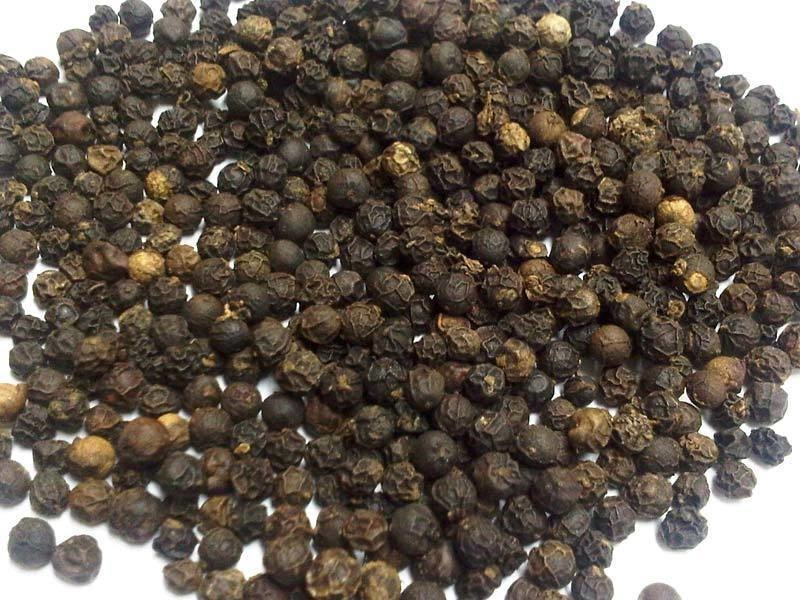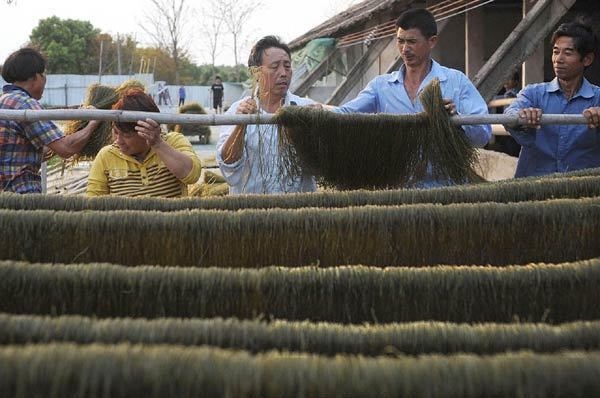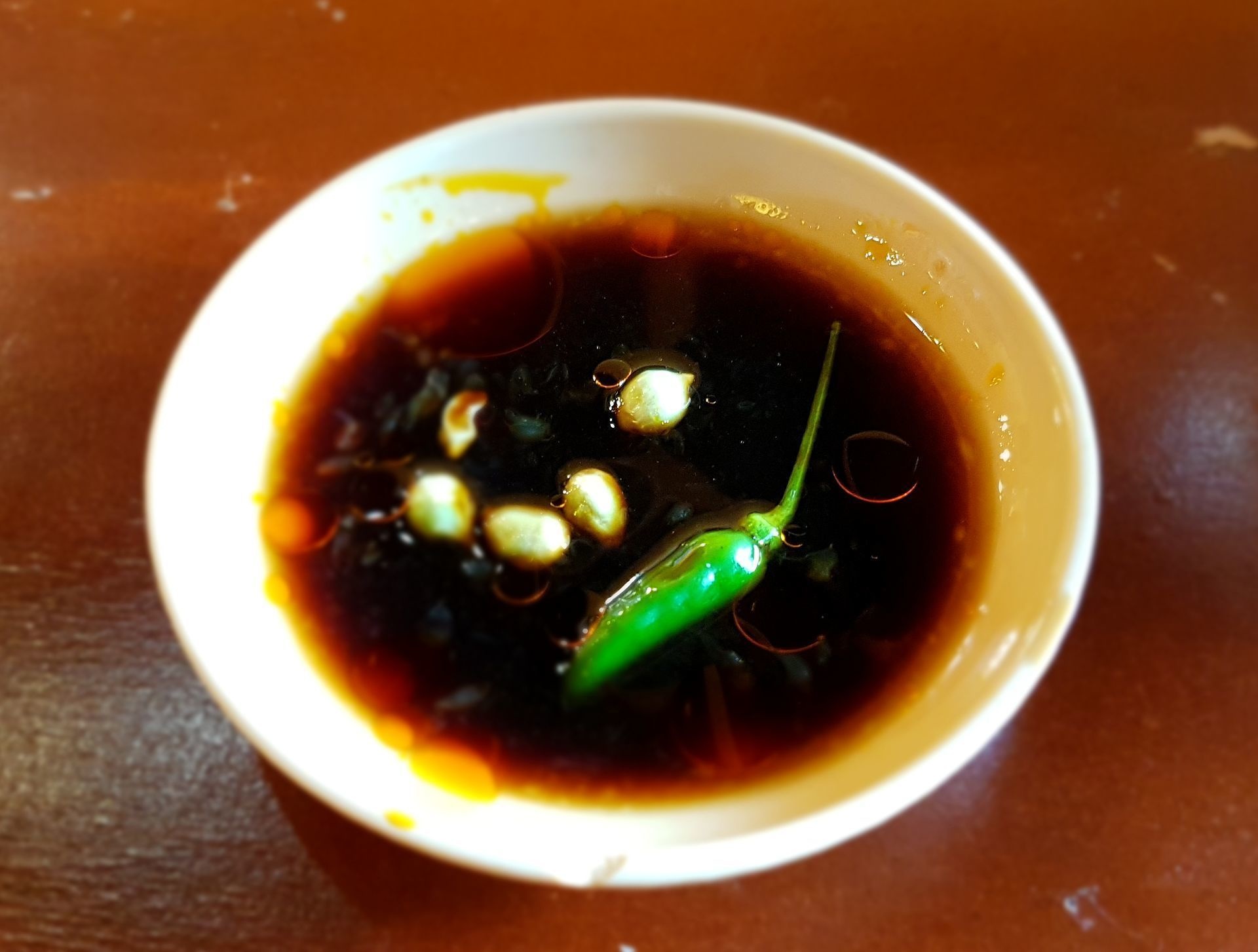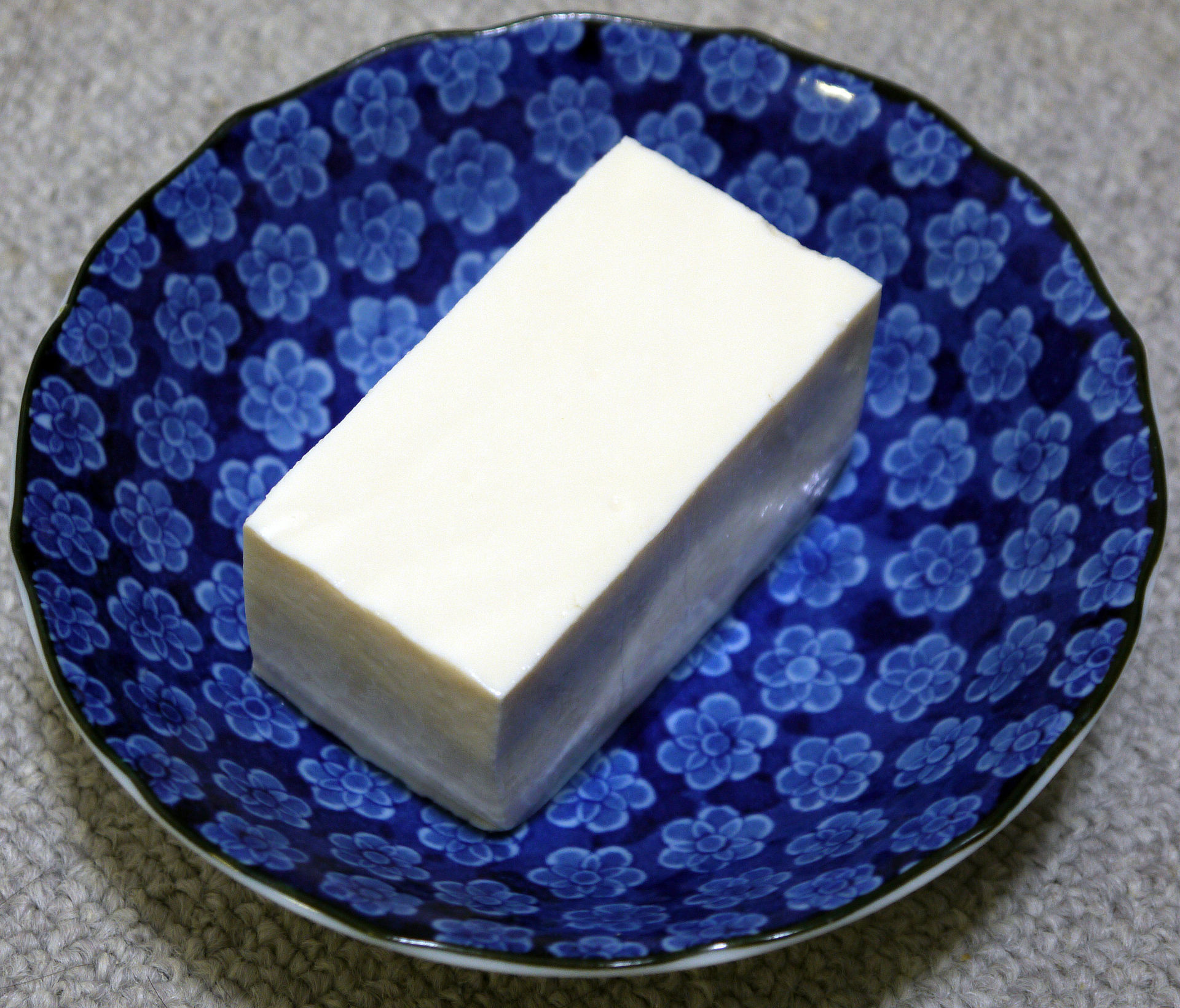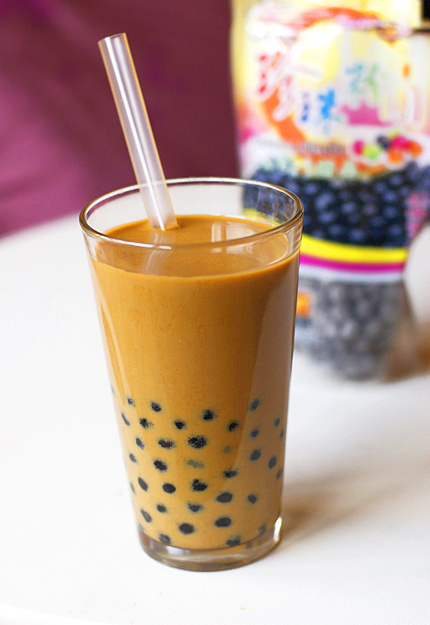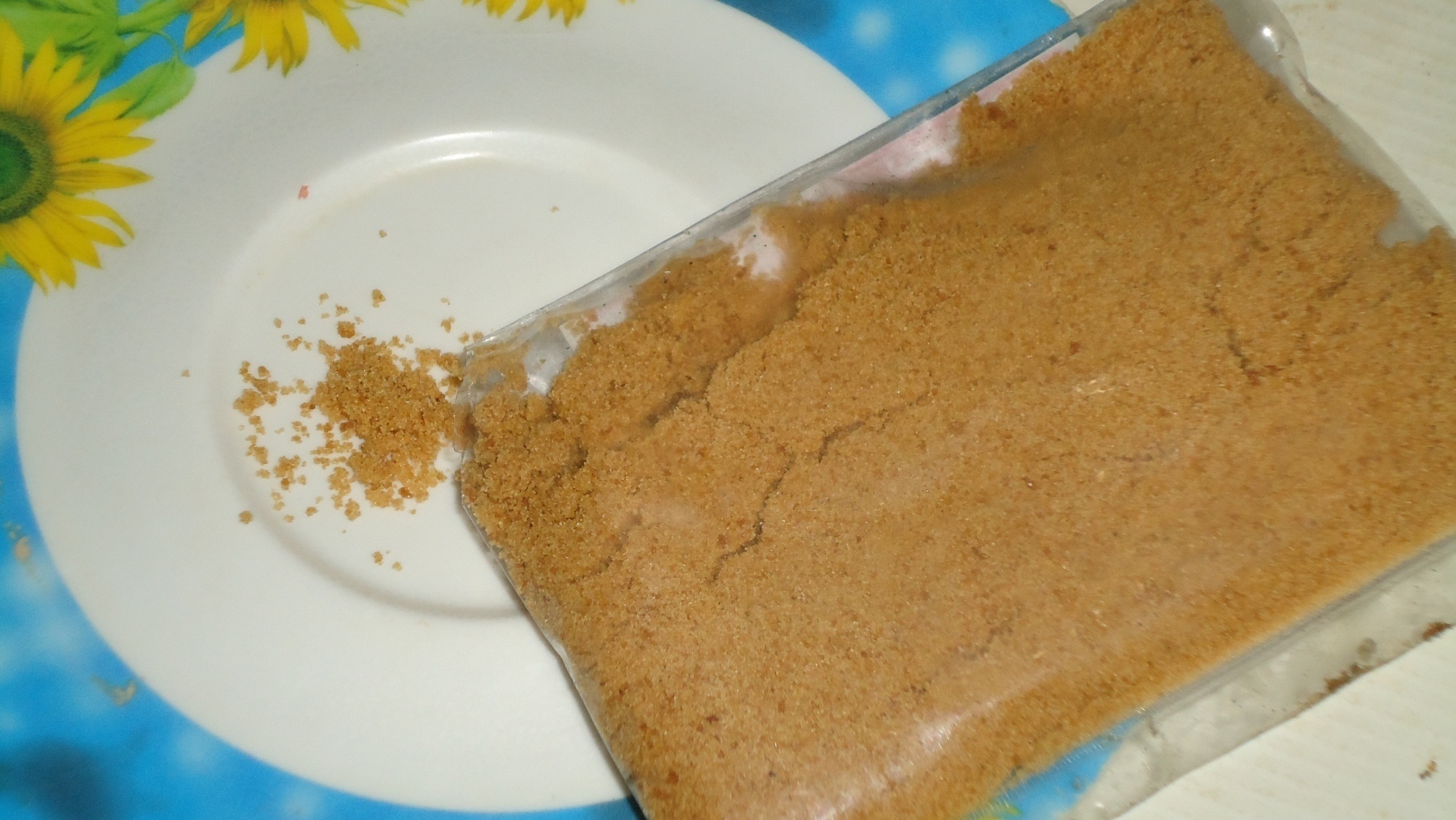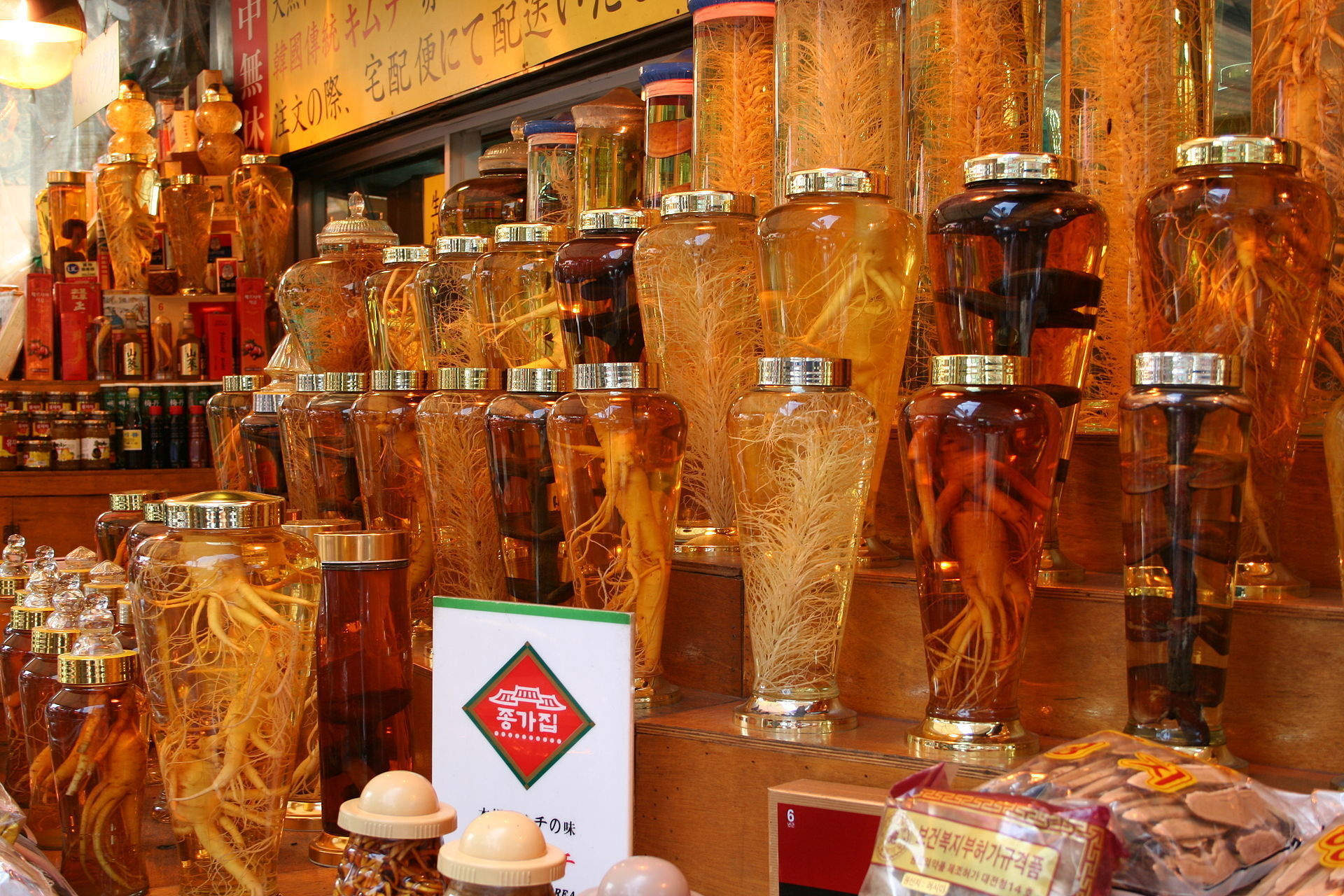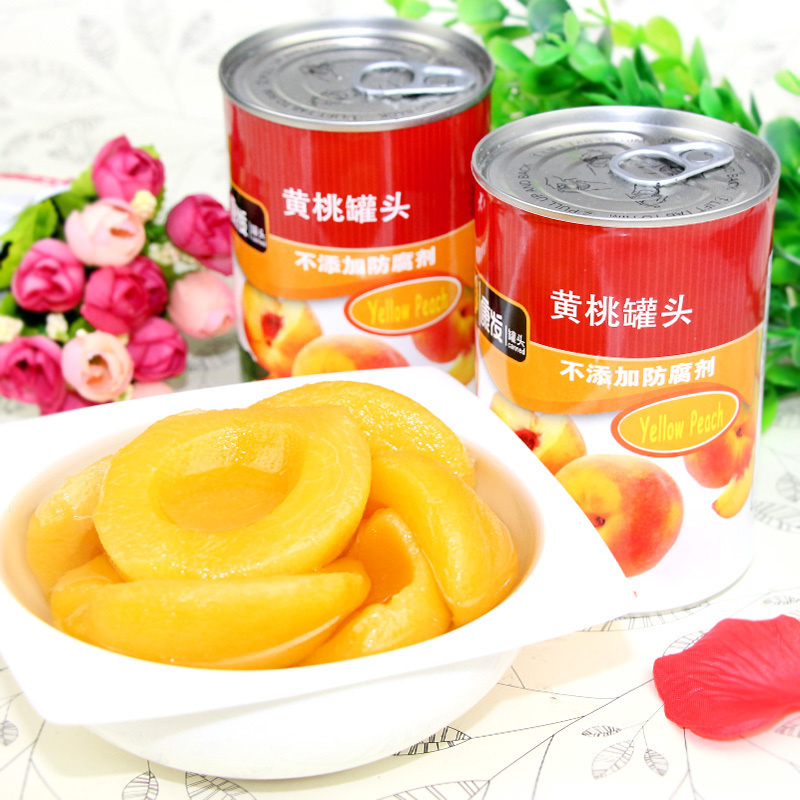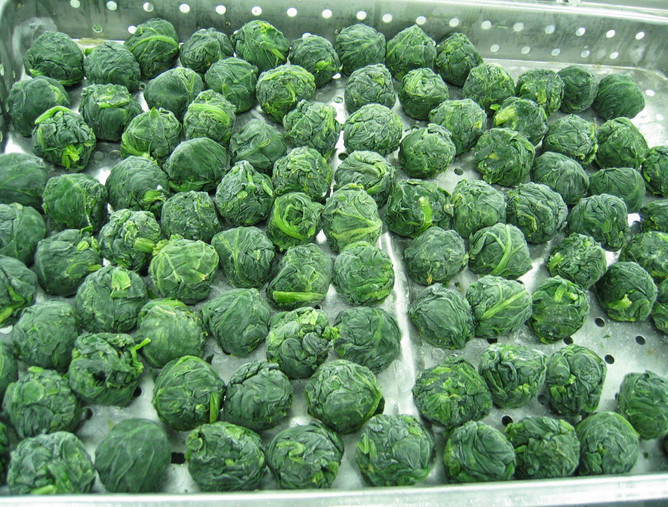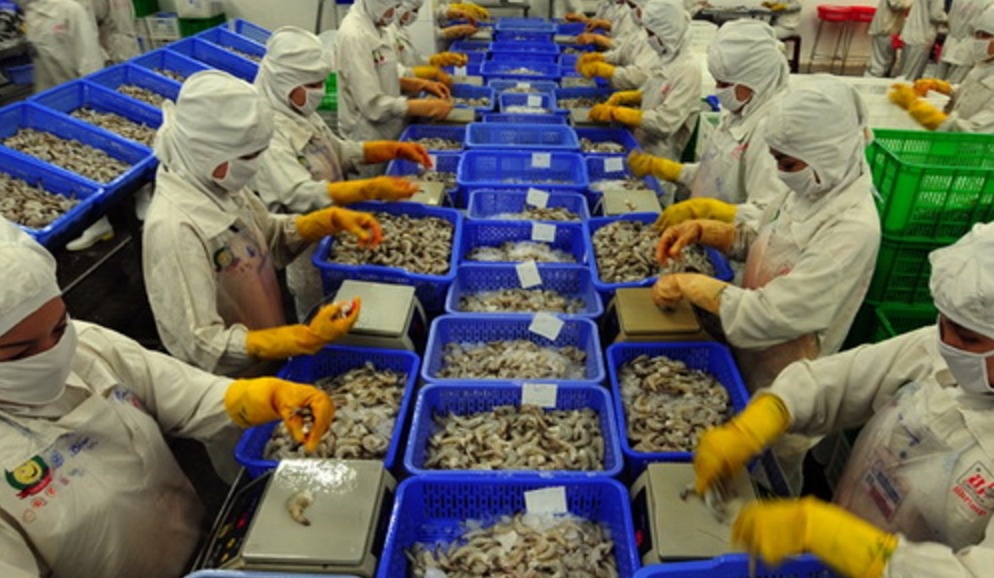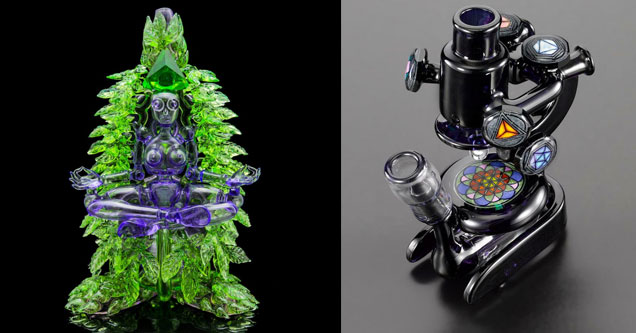21 Foods Made In China You Should Never Eat
China is a major player supplying its food to North America and the rest of the world
Published 4 years ago in Eww
Some other (China) Food For Thought
-Interesting video of Exotic Food From China posted on eBaum's back in 2012
-Some delicious nightmare fuel of Fast Food in China's Beijing posted to eBaum's World all the way back in 2008, with jokes about being ready for the Olympics and then this list from 2012 of what Olympic tourists at in China.
-2020 pre-pandemic video sampling Chinese Gutter Oil which is a staple ingredient used for frying at many restaurants in China. And a video showing Street Food in China that sure has more than a few bees buzzing on it.
Still want more? Straight up tour of the wet markets in China posted 2 months deep into a pandemic that makes them look not all that bad. Almost like a wish.com version of Whole Foods.
3
Chicken.The US Department of Agriculture allowed in 2013 the sale of chicken from China. "Recently, employees of the U.S.-based meat processing company OSI, which operates plants in the PRC, were charged with selling adulterated poultry meat to Chinese restaurants, including KFC and McDonald’s," Wenonah Hunter, Executive Director of Food & Water Watch, warned. "And let’s not forget the hundreds of dogs that have died from eating poultry jerky treats imported from the PRC."
5
Frozen fish.Bloomberg Businessweek reported in December 2016 how farmers allow pigs and geese feces to fall into the water where they hold fish farms. The nutrients in the feces of the animals is used to feed the fish. The report also reveals strong antibiotics are also part of the diet the fish consume.
9
Baby formula.In 2015, cheap baby formula and defective packaging formulas were resold under recognizable brand names. The police arrested the ring involved counterfeit group in 2015, but the general public were not made aware of the incident until the spring of 2016. The China Food and Drug Administration reasoned that they didn't want the general public to panic but no recall of the milk was made.
13
Soy sauce.The Hong Kong Consumer Council found in 2016 that 11 of 40 popular soy sauce products contain 4-methylimidazole. The World Health Organization lists the chemical as a carcinogen. Manufacturers argue the contents are minimal, but the Hong Kong Consumer Council counters that soy sauce is a condiment used daily in Chinese homes, therefore, the presence of the carcinogen needs to be taken more seriously.
16
Ginger.China Central Television (CCTV) launched an investigation on ginger farmers in Weifang in 2013. They found the pesticide aldicarb, approved to be used only on cotton, peanuts, roses, and sweet potatoes was also used for ginger. More alarming was that farmers were applying it three to six times above the recommended level.
19
Tuna.The Economic Research Service of the U.S. Department of Agriculture found in 2014 that China's fish farms and food processors are located close to industrialized areas where the soil, air, and water are contaminated. The report revealed that in these farms it "is common practice to let livestock and poultry roam freely in fields and to spread livestock and poultry waste on fields or use it as fish feed."
21
Shrimp.In 2012, ABC News reported how shrimp in China and other Asian countries imported to the United States are farmed in cramped and unsanitary conditions. To avoid illness, farmers use antibiotics and chemicals to ensure the shrimp survive. ABC News sent 30 samples of shrimp bought in 30 different grocery stores across the country to the Institute of Environmental and Human Health food lab at Texas Tech University. What they found was antibiotics banned in the United States; enrofloxacin, chloramphenicol, and carcinogen nitrofuranzone.

